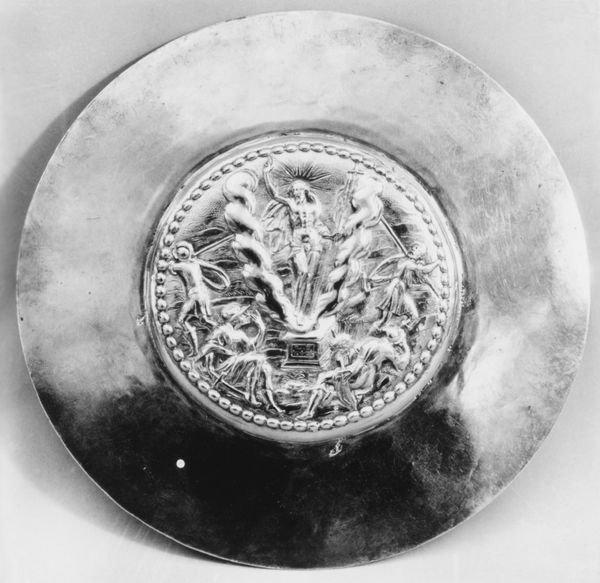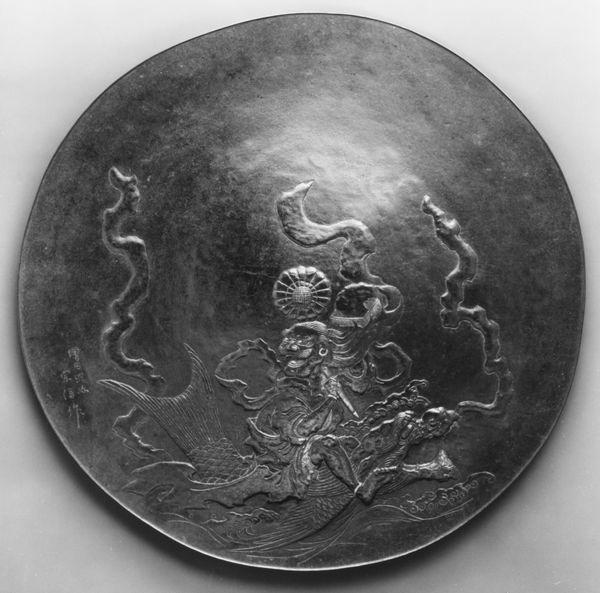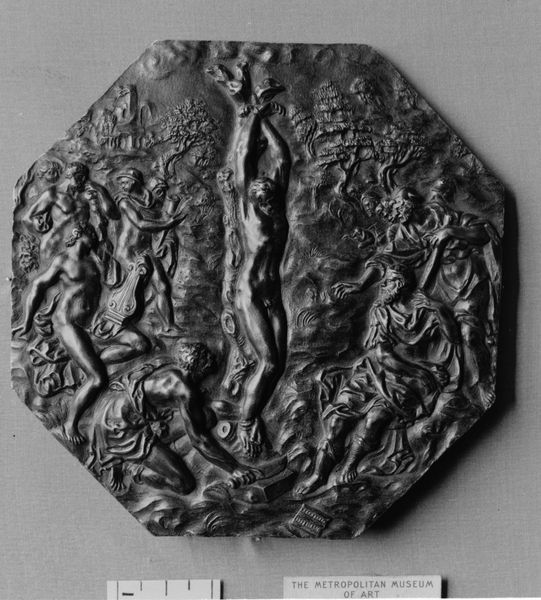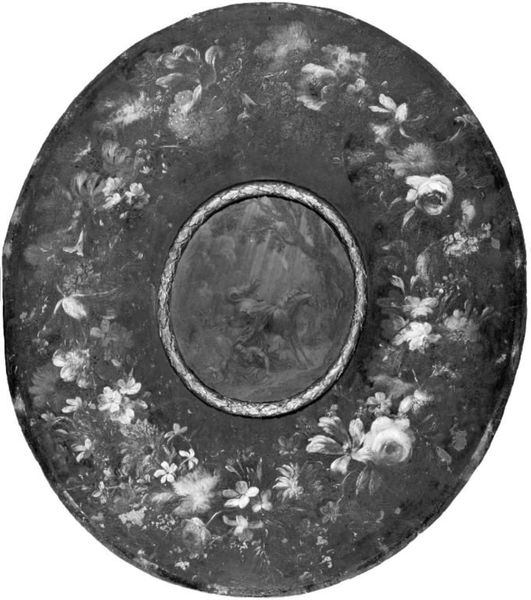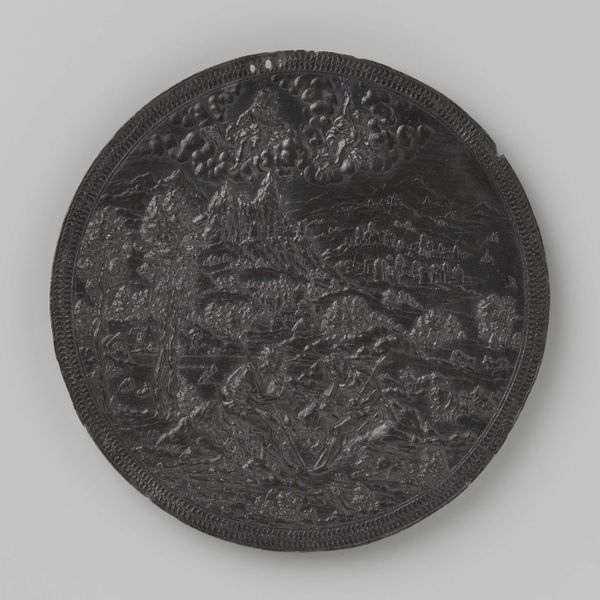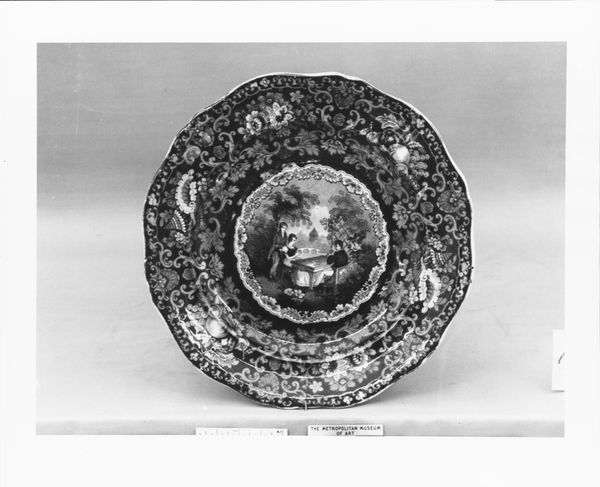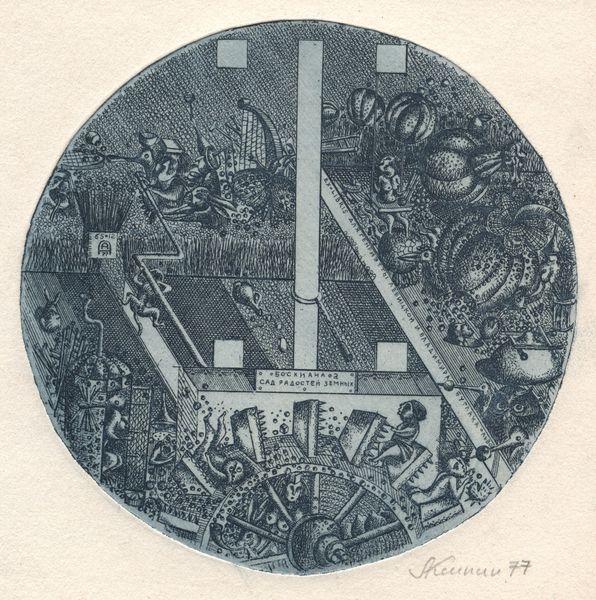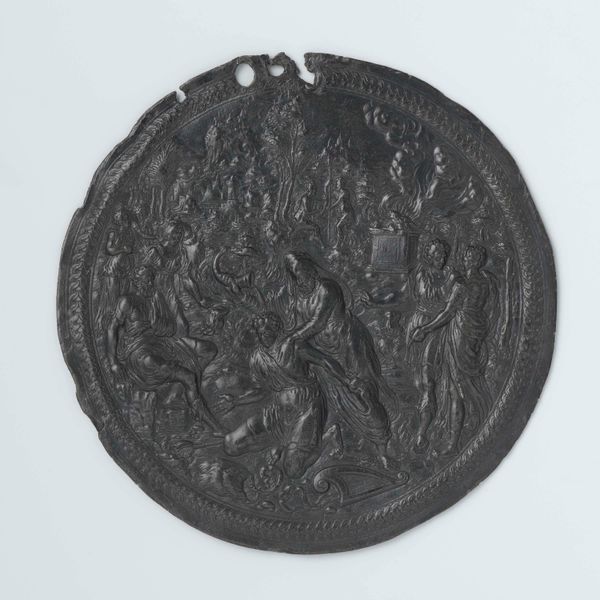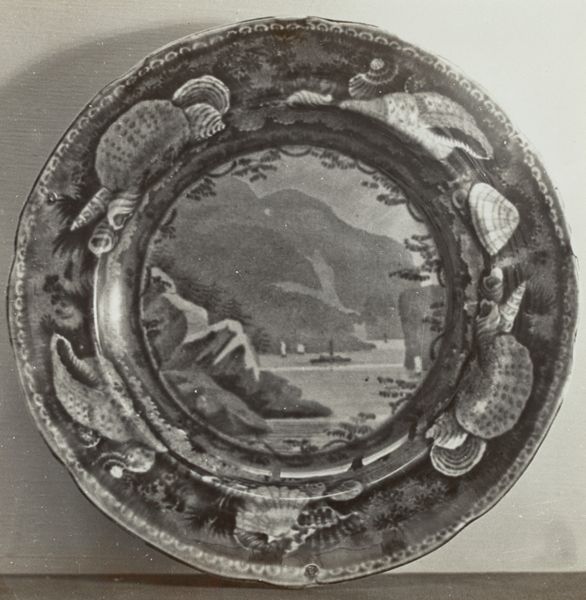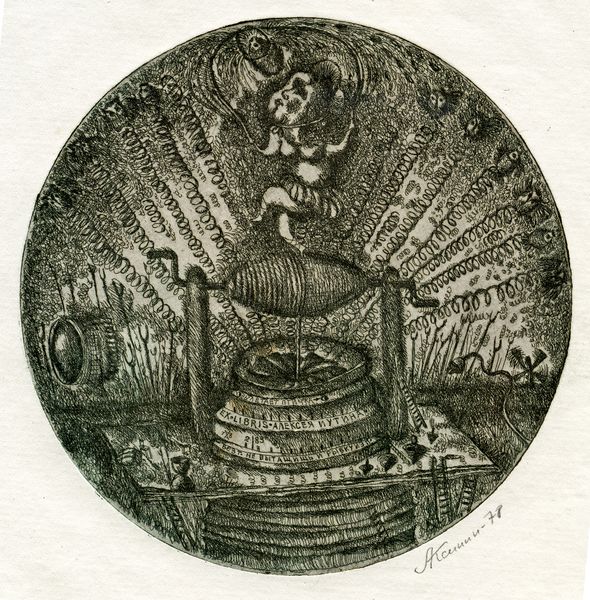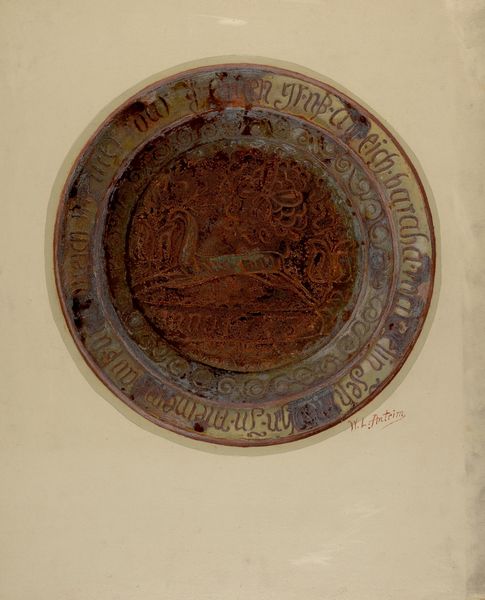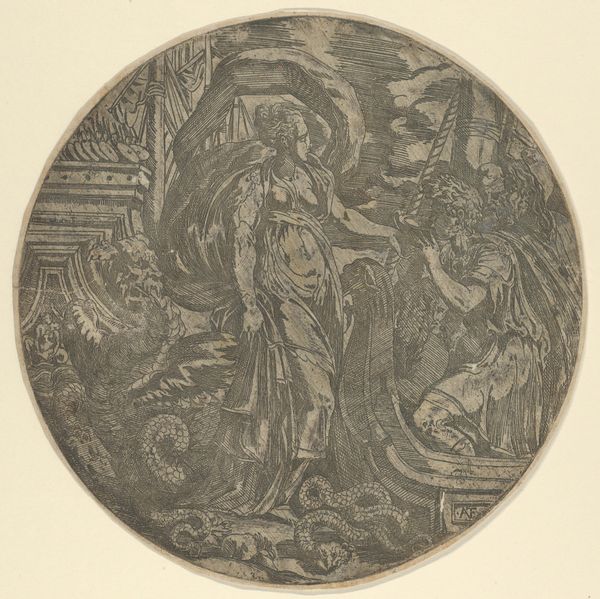
relief, bronze, sculpture
#
sculpture
#
relief
#
bronze
#
figuration
#
sculpture
#
horse
#
history-painting
#
italian-renaissance
#
statue
Dimensions: 5.5 x 6.6 cm, wt. 84.35 g.
Copyright: Public Domain
Curator: Here we have Giovanni Bernardi da Castel Bolognese's bronze relief, "Battle Scene," created between 1537 and 1543. Editor: It’s overwhelmingly chaotic. Just a dense flurry of figures, all muscle and aggression, like a coiled spring ready to burst. The high relief emphasizes its material presence, practically jumping off its surface. Curator: Indeed, Bernardi was highly celebrated in his time; his talent recognized by influential patrons. He frequently collaborated on projects involving elaborate metalwork and intricate designs within circles of power. The sculpture hints at the Renaissance obsession with classical antiquity and battle prowess, fitting within established ideas around power. Editor: The making process interests me—the translation from design to material. What kind of workshop would Bernardi have run? And what division of labor would have produced the density we’re seeing? Curator: We know Bernardi held significant positions as a die cutter at the Papal Mint. These connections certainly facilitated access to both resources and the visibility crucial for cultivating a successful artistic career. The subject, technique, and his associations broadcast a specific message. Editor: It's powerful, in that historical sense, certainly, but I also find the texture and density physically compelling, maybe even discomforting. Bronze offers such permanence, contrasting against the very brutal realities and impermanence for soldiers depicted here. Curator: Consider how that message resonated, and continues to resonate within a social framework still preoccupied with martial power. Its presence and place matters, prompting continued reflection. Editor: Absolutely. Seeing the incredible craftsmanship highlights the materials and methods of Bernardi and workshop practices while making me consider larger sociopolitical systems at play too. It’s thought-provoking!
Comments
No comments
Be the first to comment and join the conversation on the ultimate creative platform.
